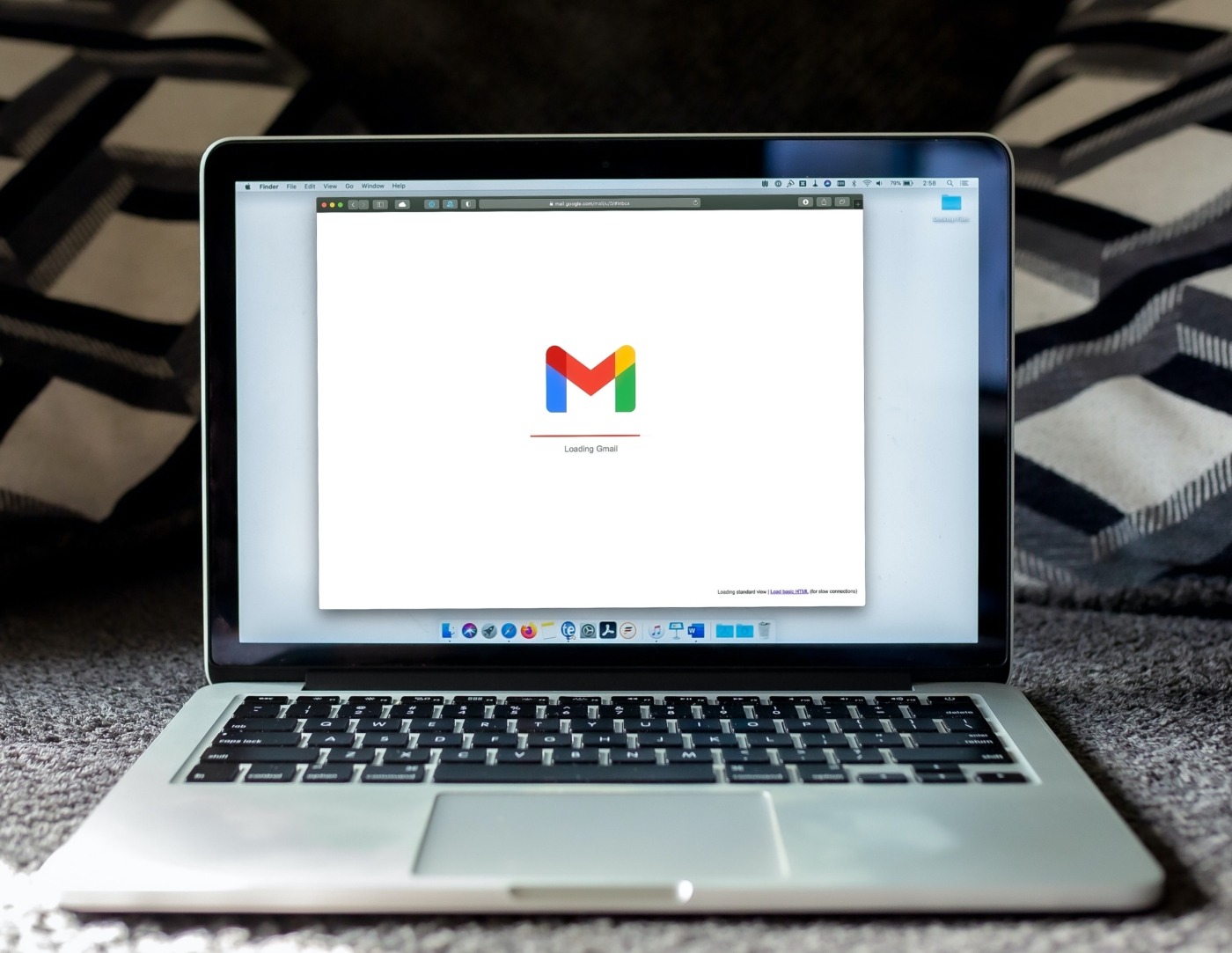50 years on: the invention of email
You may think of email as a fairly modern phenomenon, but 2021 actually marks its 50th birthday. Email has a long history – it predates the internet, the text message, the personal computer and the first word processing software – and it has evolved significantly, from humble beginnings to the indispensable part of life it is nowadays. To mark email’s birthday, let’s take a look back at the life of email.
The first example of an email can be found on computers at MIT in a program called ‘MAILBOX’, all the way back in 1965. Users of MIT computers could use this program to leave messages for other users, who would see those messages the next time they logged on to the computer. The program was very similar to simply leaving a note on someone’s desk and it was effective, but only if the people wishing to communicate with each other were regularly using the same computer. During this era, users could share files and messages on a central disk, but the complexity came once computers began to talk to each other over networks – we needed a way to indicate the address.
It was 1971 when the first email as we know it was sent, and that came courtesy of a computer programmer called Ray Tomlinson. While working as an ARPANET contractor (it was one of the forerunners to the internet), Tomlinson chose to use the @ symbol to denote the sending of messages from one computer to another computer. That system of email address, essentially ‘username’ @ ’name of computer’, was simple to understand and quickly caught on, remaining in effect to this day. Tomlinson had no idea that this would be a historical innovation, and he later admitted he has no memory of what the first email said.
By 1974, there were hundreds of military users of email because ARPANET eventually encouraged it. Two years later, 75% of all ARPANET traffic was electronic mail, and standards were starting to emerge – around this time, innovations such as the ‘to’ and ‘from’ fields and the ability to forward emails to others both appeared. Ideas were also springing up about how this idea may be useful to send email messages to users on computers outside of an internal network. Later innovations included the attachment, which came in 1992, but the limited inbox space often meant you’d have to delete emails to make room for a large attachment.
Tomlinson had no idea that this would be a historical innovation, and he later admitted he has no memory of what the first email said
Software to organise and send email started to appear as the internet was developed. The first version of Microsoft Mail was released in 1988 for Mac OS, allowing users of Apple’s AppleTalk Networks to send messages to each other. In 1991, a second version was released for other platforms, including DOS and Windows, laying the groundwork for what would become Outlook and Exchange. CompuServe became the first online service to offer internet connectivity via dial-up connections, and it included a proprietary email service for internet users. Hotmail came in 1996, and Yahoo Mail followed next year (the only other big player was Gmail, which launched in 2004). Email was cemented in public consciousness with the release of You’ve Got Mail in 1998, a rom-com for the internet age.
Of course, not everything was universally positive. Spam emails started in the early 90s, and only grew in use – marketers leapt on what was essentially a zero-cost outreach method. The term was introduced to the Oxford English Dictionary in 1998, and the EU and US passed laws in 2002 and 2004 respectively intended to outlaw spam. The first anti-spam program came in 2005, although all these measures have done little to stem the tide. It’s widespread enough that certain spam emails, such as the Nigerian prince scam, are common knowledge.
Email is now a huge part of our life – roughly 294 billion emails were sent and received each day in 2019, and it’s believed that there were around 3.9 billion email addresses in use by the end of 2019. Email has evolved from what was essentially a fancy post-it note to a convenience that people all around the world would struggle to do without. Despite some suggestions that the email may have passed its peak with the advent of social media and live chat software, they remain a staple of communication – expect the email to live for many more decades and many more milestones.

Comments